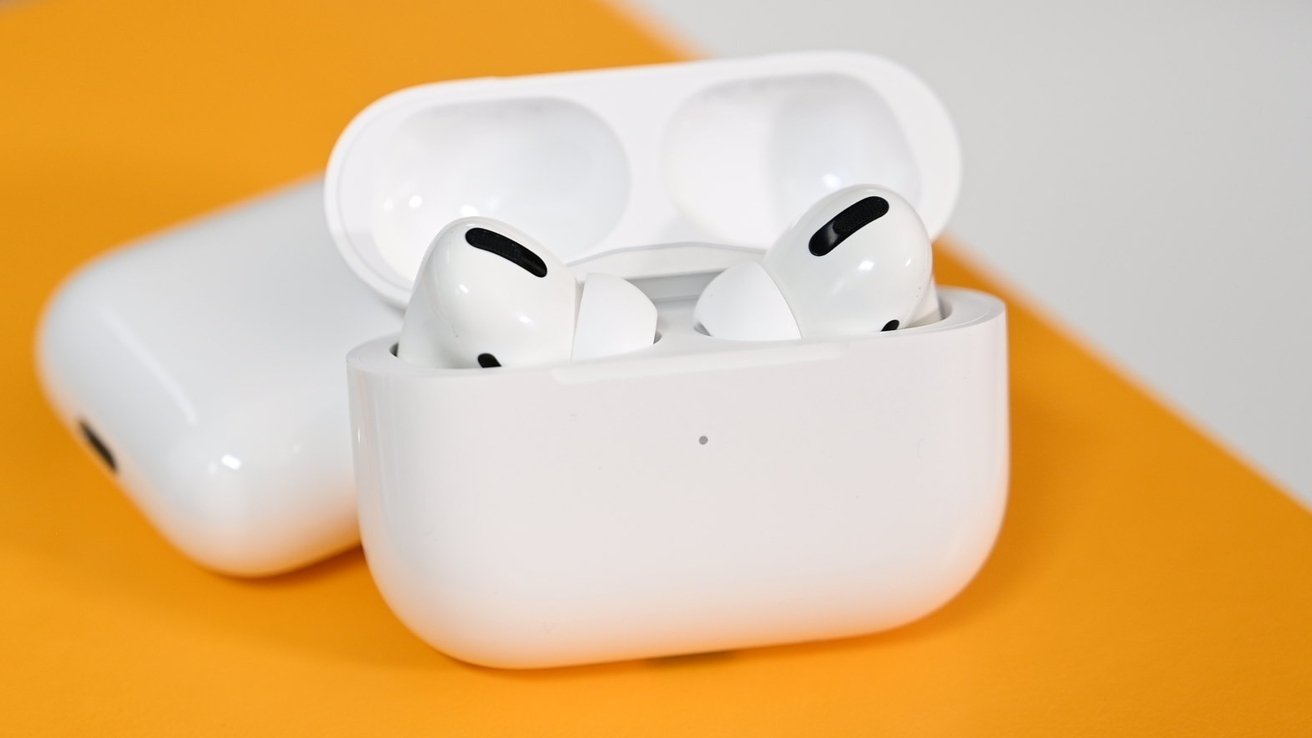New tool enables technicians to manually update AirPods Pro
Starting the week of December 13, Apple Stores and Apple Authorized Service Providers will add a tool to their arsenal allowing technicians to update AirPods Pro to the latest firmware.

The new tool gives access to Apple Service Toolkit 2, allowing technicians to update the firmware on customers' AirPods Pro. Unfortunately, certain scenarios can cause over-the-air updates to fail.
Reasons for failure include customers using non-iOS devices, if a left or right AirPods Pro fails to update, or if the customer received a replacement with a different firmware version than their existing hardware.
According to an internal memo obtained by MacRumors, the tool is compatible with AirPods Pro with a wireless charging case or a MagSafe charging case. However, it is unknown whether the tool works with other AirPods models.
Currently, there is no way to update AirPods firmware manually, as the device should automatically update when paired to an iPhone or iPad.
Apple recently released AirPods firmware 4.2 for all models, and customers can check their firmware version by heading to Settings > General > About and tapping the AirPods they wish to view.
Read on AppleInsider

The new tool gives access to Apple Service Toolkit 2, allowing technicians to update the firmware on customers' AirPods Pro. Unfortunately, certain scenarios can cause over-the-air updates to fail.
Reasons for failure include customers using non-iOS devices, if a left or right AirPods Pro fails to update, or if the customer received a replacement with a different firmware version than their existing hardware.
According to an internal memo obtained by MacRumors, the tool is compatible with AirPods Pro with a wireless charging case or a MagSafe charging case. However, it is unknown whether the tool works with other AirPods models.
Currently, there is no way to update AirPods firmware manually, as the device should automatically update when paired to an iPhone or iPad.
Apple recently released AirPods firmware 4.2 for all models, and customers can check their firmware version by heading to Settings > General > About and tapping the AirPods they wish to view.
Read on AppleInsider

Comments
https://youtu.be/nVfWXFI-yLw